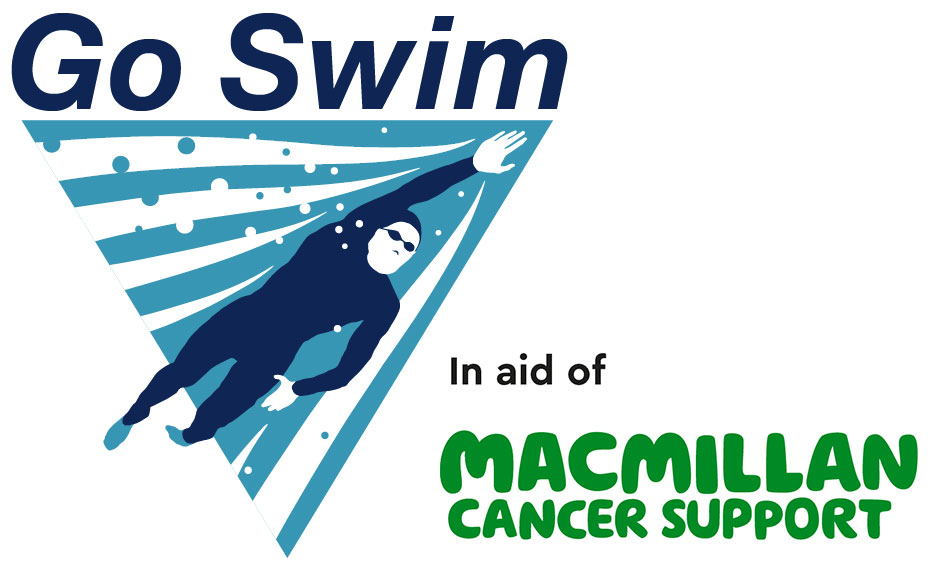Mastering the Art of Sighting: Tips for Staying on Course
Open water swimming offers a challenge unlike any other and a connection to the great outdoors and nature that many swimmers find irresistible. However, one of the most common hurdles in open water is staying on course. Unlike the predictable lanes of a pool, open water lacks the lanes and walls that guide you. There’s no black line at the bottom of the open water to guide you!
Often the weather can get in the way of good sighting too as we know from our swim at Loch Lomond where swimming into the sunshine, while welcomed, can also be problematic. This is where sighting becomes an essential skill. We’ve drawn together some practical tips to help you master the art of sighting and swim a straighter course.
Why Sighting Matters
Efficient sighting not only keeps you on track but also conserves energy. Every unnecessary deviation from the course adds extra distance to your swim, which can be costly in terms of time and effort. Proper sighting ensures you stay aligned with your goals, whether it’s reaching the finish line faster or maintaining a steady rhythm. There is nothing more disheartening to look up and see that you are way off course or, if you are at one of our swims, that a kayaker is heading towards you to put you back on course!
- Understand Your Course
Before you even get in the water, familiarize yourself with the swim course. Study the map, (in our Athlete Guide) identify landmarks, and note any prominent features such as buoys, buildings, or trees. Knowing what to look for will make sighting easier once you are in the water.
Pro Tip:
Attend the race briefing and, if possible, do a practice swim to get a feel for the route and landmarks.
- Perfect Your Technique
Sighting should be a seamless part of your stroke, not a disruptive action. Follow these steps to integrate sighting into your swim:
- Lift your head slightly: As you begin to pull with one arm, lift your eyes just above the surface of the water. Avoid lifting your whole head, as this can disrupt your body position and slow you down. Think of a crocodile who only has their eyes above the water!
- Take a quick glance: Look forward to spot your target, then immediately return to your regular stroke. The glance should be quick and efficient, minimizing drag.
- Breathe to the side: Combine sighting with a side breath to maintain rhythm and prevent unnecessary stops.
Pro Tip:
Practice sighting in a pool by picking a target at the end of the lane, such as a clock or sign, and incorporating quick glances during your strokes.

- Use Natural Landmarks
Buoys can be difficult to spot, especially in choppy waters or when swimming in a crowd. Instead, use larger, more visible landmarks such as tall trees, buildings, or hills. These can serve as secondary guides to keep you aligned.
Pro Tip:
If the course loops back or has multiple turns, plan different landmarks for each segment of the swim.
- Find a Drafting Partner
Swimming behind or beside another swimmer can help you maintain a straight path. Choose someone who is swimming confidently and at a similar pace. While you’ll still need to sight occasionally, drafting can reduce your workload and help you stay on course.
Pro Tip:
Avoid blindly following someone without sighting, as they might veer off course.
- Practice in Open Water
The best way to improve your sighting skills is through regular practice in open water. Familiarise yourself with different conditions, such as waves, currents, and varying visibility. The more you practice, the more intuitive sighting will become.
Pro Tip:
Join a local open water swimming group or participate in training events to build your confidence in real-world conditions.

- Adjust for Conditions
Weather and water conditions can impact visibility and navigation. As we have mentioned, strong sunlight can make it harder to see ahead, while choppy water might require more frequent sighting. Adjust your technique and frequency accordingly.
Pro Tip:
Tinted or polarised goggles can help reduce glare and improve visibility on sunny days. We always have a tinted pair as our spare goggles.
- Stay Calm and Focused
In the excitement of a race when surrounded by people or the vastness of open water, it’s easy to panic if you lose sight of your target. Stay calm and take a moment to tread water or switch to breaststroke if needed. Let the kayakers know you are OK and just taking a breather. Regain your bearings, spot your landmark, and resume your swim.
Pro Tip:
Building mental resilience through visualisation can help you stay composed in challenging situations.
Conclusion
Mastering the art of sighting is a game-changer for open water swimmers. By understanding your course, perfecting your technique, and practicing regularly, you can swim straighter and more efficiently. Remember, sighting is not just about seeing where you’re going but also about staying in control and confident in open water. With these tips in mind, you’ll be ready to tackle any course with precision and poise.
Happy swimming!

